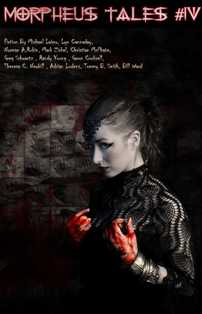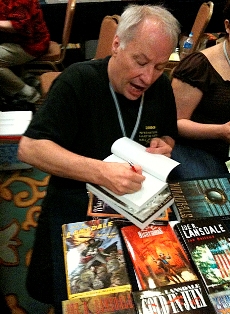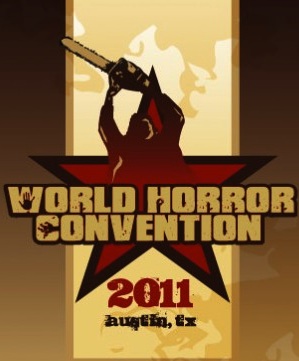 Hats off to everyone that made Austin’s World Horror 2011 such a fun, friendly and downright productive con.
Hats off to everyone that made Austin’s World Horror 2011 such a fun, friendly and downright productive con.
It was my first World Horror, and certainly not my last. I can only hope future organizers follow the lead of Lee Thomas and Nate Southard, who managed to bring in a collection of great panelists (Joe Hill was especially insightful, even if I didn’t care all that much for “Heart Shaped Box”) and kept things running smoothly. Even the busload of braindead frat boys who showed up at the hotel couldn’t ruin the mood.
Rhodi Hawk did a commendable job putting together the pitch sessions. She did her best to take the fear and apprehension out of the process and managed to match up publishers, agents and authors with a minimum of muss and fuss. I’m happy to say I had some degree of interest in the novel I’m shopping. We’ll see if any of those three-chapters-and-a-summary requests actually bear fruit. Stay tuned.
As usual, it was great to catch up with the usual Texas con folk like Joe R. Lansdale and family, Stina Leicht, Mikal Trimm, John Picacio, Vincent Villafranca, Joe McKinney and John DeNardo of the spectacular SF Signal blog. Hell, I even think my buddy Thomas McAuley (who I dragged along even though he’s more of a fantasy writer than a horror guy) found it worthwhile.
And, yeah, yeah, I know it’s been more than a week since the con, but cut me some slack for this late post. As soon as I got back from the con I had to dig myself out of an end-of-semester grading Hell.


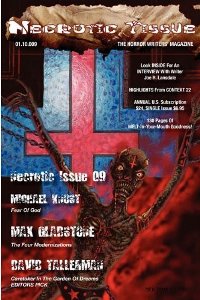
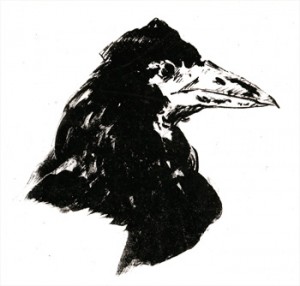 Speaking of Poe, I got a real kick out
Speaking of Poe, I got a real kick out 
